Latest Posts
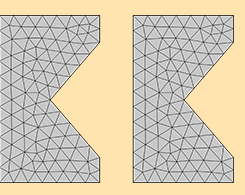
Should I Fillet the Geometry in My Electromagnetic Heating Analysis?
You want to analyze electromagnetic heating around sharp corners in your simulation. Do you round off the corners by adding a fillet? We go over cases where you should and shouldn’t do so.

Happy Birthday, Christian Doppler
The Doppler effect is observed both on Earth (such as the change in pitch when a siren passes you) and in space (such as the red shift of a planet). Learn about this phenomenon’s namesake.
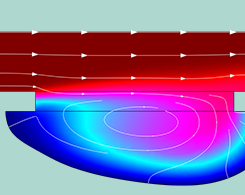
How to Model Wet Chemical Etching in COMSOL Multiphysics®
Wet chemical etching was one of Rembrandt’s favorite methods for creating self-portraits. Now, it’s used by engineers to produce integrated circuits, MEMS devices, and pressure sensors.
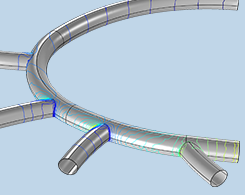
Analyzing Magnetic Flowmeters for Blood Flow Measurement
Biomedical researchers used multiphysics modeling in order to understand how blood vessel movement influences the sensitivity of their flow meter designs. Get the full story here.

Happy Birthday, Johannes Diderik van der Waals
Johannes Diderik van der Waals made many groundbreaking contributions to our understanding of liquids and gases, but his greatest passion was for education.
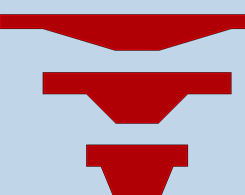
Optimizing a Microlens Design for Optogenetics Applications
Optogenetics is a field of study that could shed light on neurology and memory. To design an optimized microlens for optogenetics uses, these researchers turned to multiphysics simulation.

Award-Winning Posters from the COMSOL Conference 2017 Beijing
The COMSOL Conference 2017 Beijing featured over 70 presentations of innovative research. Read about the posters and papers that received awards.

Top Papers and Posters from the COMSOL Conference 2017 Rotterdam
At the COMSOL Conference 2017 Rotterdam, attendees presented 140+ projects featuring innovative uses of multiphysics simulation. Read about the award-winning papers and posters here.
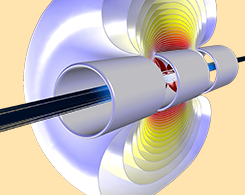
Focusing on Einzel Lenses with Particle Tracing Simulation
You can use electrostatics analysis and charged particle tracing to better understand einzel lens systems and optimize their designs.
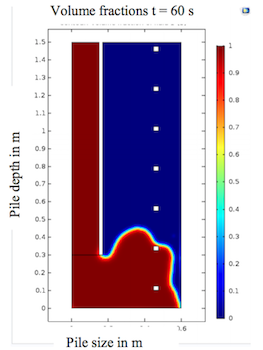
Analyzing Concrete Flow in Drilled Shafts with CFD Simulation
Researchers from the University of Florida used CFD simulation to analyze concrete flow in drilled shaft designs in order to optimize these deep foundation elements.
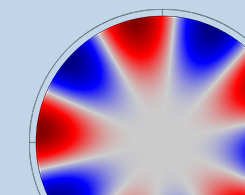
How to Use Dispersion Curves to Analyze Fluid-Filled Pipes
Modeling a fluid-filled pipe is both a time-consuming and computationally expensive process, but there’s a way to streamline the process: a guided wave propagation approach via dispersion curves.
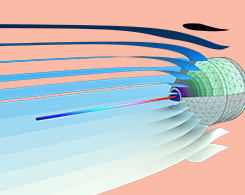
Have You Heard About the Cocktail Party Problem?
You’re at a party with loud music and a ton of people. Despite the noise, you are able to chat with a friend. How is it that you can differentiate his or her voice from all the sounds around you?
